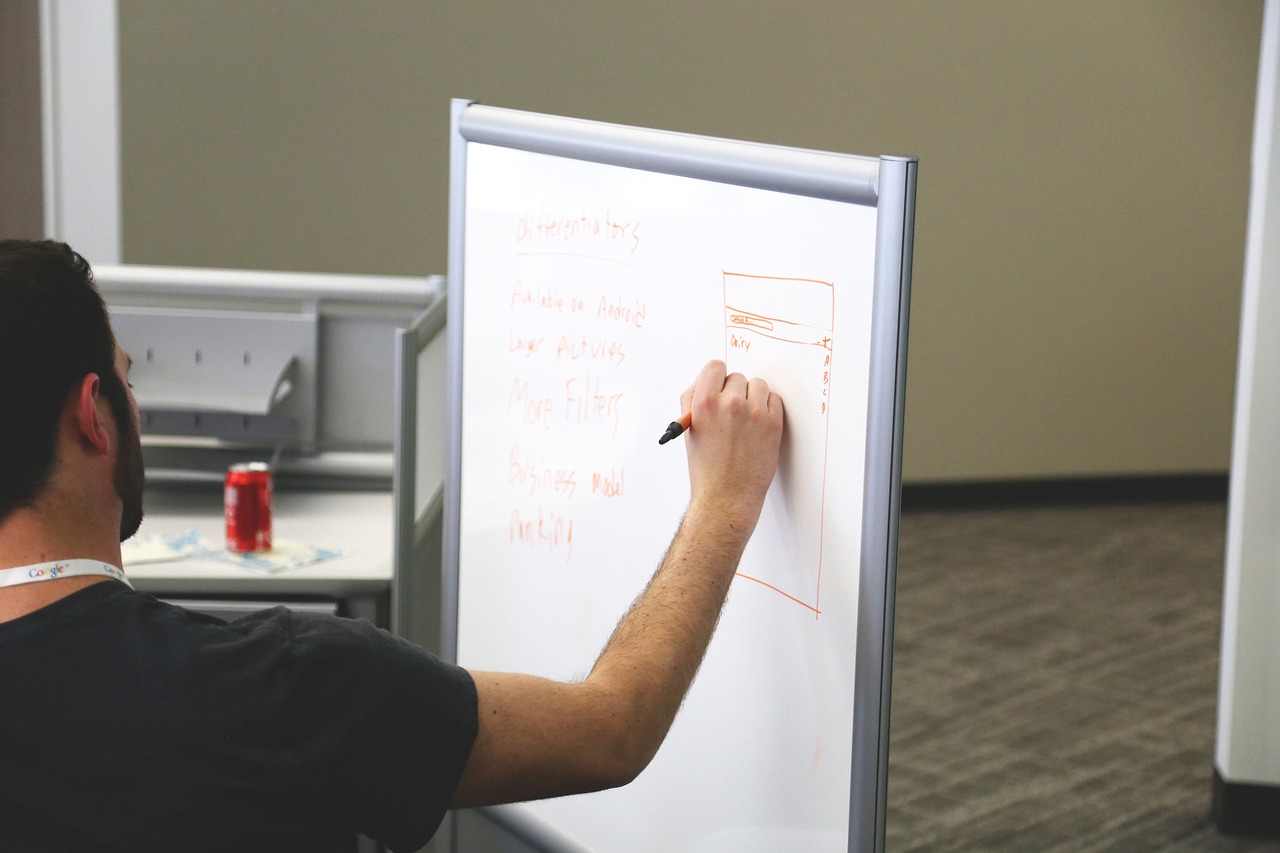Leveraging Augmented Reality for Interactive Product Education and Training
Augmented Reality (AR) has revolutionized product education and training by providing an immersive and interactive learning experience. Through AR technology, trainees can visualize and interact with virtual objects in real-world environments, promoting better understanding and retention of information. This hands-on approach helps to bridge the gap between theoretical knowledge and practical application, leading to more effective training sessions.
One of the key benefits of using AR in product education and training is its ability to cater to different learning styles. Visual learners, for instance, can benefit from the 3D models and animations that AR offers, while kinesthetic learners can engage in interactive simulations to enhance their hands-on learning experience. By customizing the training content to suit individual learning preferences, AR ensures that trainees can grasp complex concepts more effortlessly and apply them confidently in real-world scenarios.
Understanding the Role of Augmented Reality in Learning
Augmented Reality (AR) has emerged as a powerful tool in transforming traditional learning methods. By overlaying digital information onto the physical world, AR enhances the learning experience by making it more interactive and engaging for learners. This technology allows users to visualize complex concepts in a more tangible way, leading to better understanding and retention of information.
In the realm of education, AR facilitates immersive learning experiences that cater to different learning styles. Whether it is in classroom settings, online courses, or corporate training programs, AR provides a unique opportunity for learners to explore subjects in a hands-on manner. By integrating AR into educational practices, educators can create dynamic and personalized learning environments that motivate and inspire learners to actively participate in the learning process.
Innovative Ways to Use AR for Interactive Training
Augmented Reality (AR) offers a plethora of innovative ways to revolutionize interactive training experiences across various industries. One notable approach is incorporating AR glasses that superimpose virtual information onto the trainees’ field of vision, allowing for real-time guidance and support. With this technology, trainees can receive hands-on instructions and visual cues without the need to repeatedly consult manuals or guides, fostering a more efficient and engaging learning environment.
Another creative way to leverage AR for interactive training is through immersive simulations. By creating lifelike scenarios that mirror real-world experiences, trainees can actively engage with content and practice skills in a safe yet realistic setting. This hands-on learning approach not only enhances retention but also encourages active participation, making the training process more memorable and impactful.





